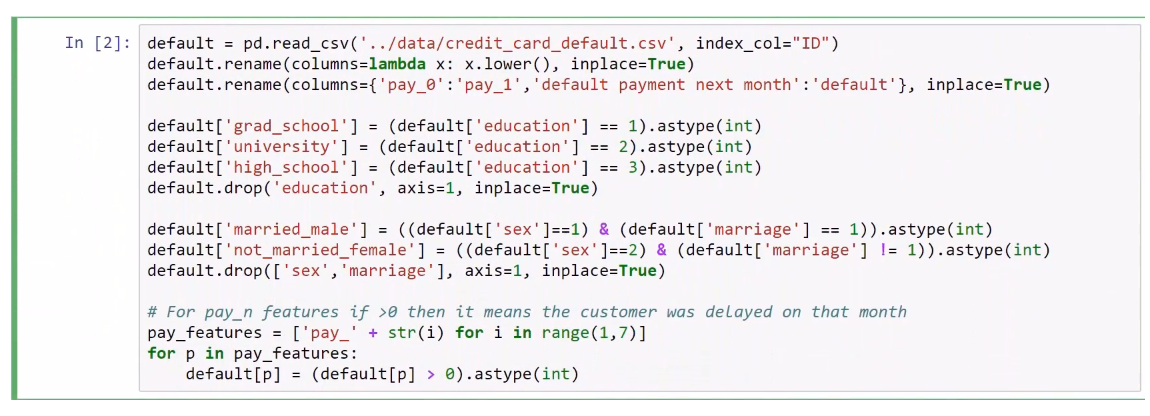In this chapter, we are going to take a close look at how features play an important role in the feature engineering technique. We'll learn some techniques that will allow us to improve our predictive analytics models in two ways: in terms of the performance metrics of our models and to understand the relationship between the features and the target variables that we are trying to predict.
In this chapter, we are going to cover the following topics:
- Feature selection methods
- Dimensionality reduction and PCA
- Creating new features
- Improving models with feature engineering




